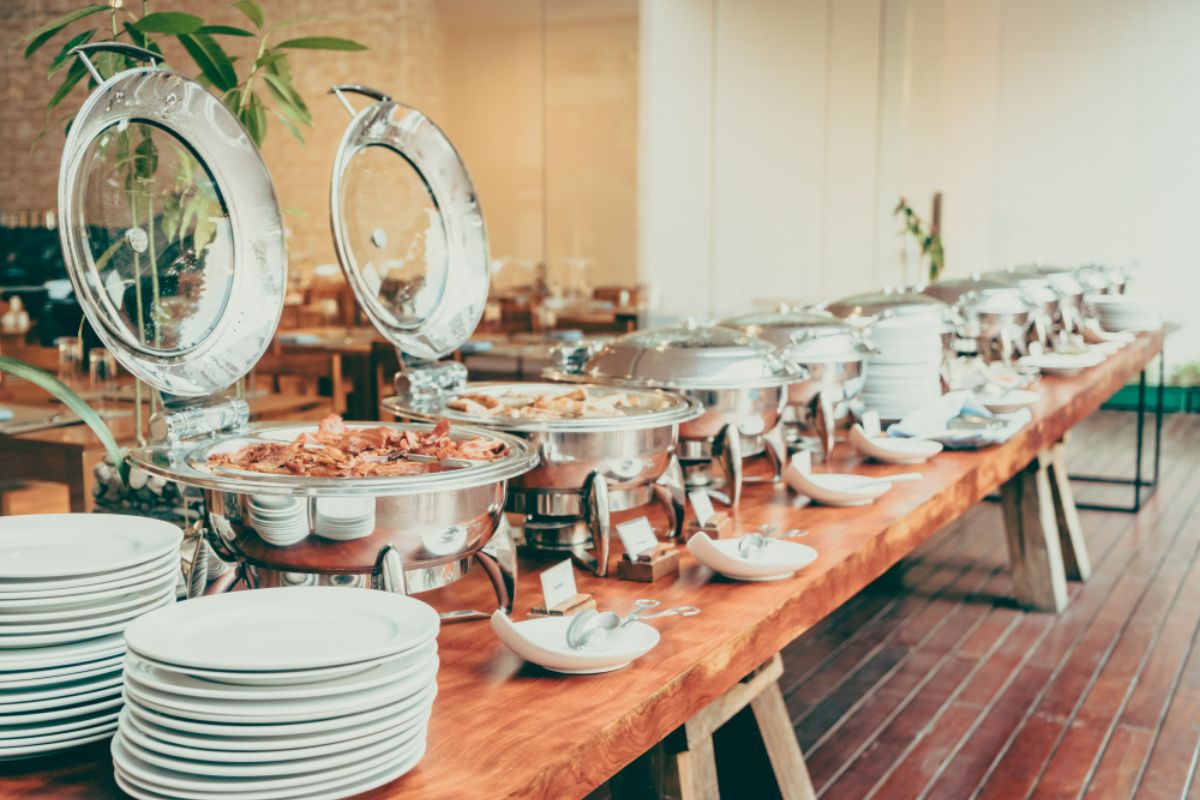Your Catering Company is Losing Business Because of This Mistake
Running a catering company can be rewarding and challenging. The thrill of making events memorable with delicious food and excellent service is unmatched. However, many catering companies find themselves struggling to retain clients and attract new business. You might be wondering what could be going wrong. There is one common mistake that could be costing your business more than you realize. Let’s explore this mistake and how to fix it.
The Big Mistake: Ignoring Client Feedback
One of the most significant mistakes catering companies make is ignoring client feedback. In the rush of serving multiple clients and events, it’s easy to overlook feedback or dismiss it as unimportant. However, feedback is a goldmine of information that can help you improve your services and keep clients happy.
Why Client Feedback Matters
1. Identifies Areas of Improvement
Client feedback can highlight specific areas where your service may be lacking. Maybe the food wasn’t hot enough, or the presentation wasn’t as expected. Perhaps the staff wasn’t as attentive or friendly as they should be. Whatever the issue, feedback provides direct insight into what needs to be improved.
2. Builds Trust and Loyalty
When clients see that you are listening to their feedback and making changes, it builds trust. They feel valued and are more likely to become repeat customers. Loyal clients are also more likely to recommend your services to others.
3. Stays Ahead of Competitors
By actively seeking and addressing feedback, you can stay ahead of your competitors. Many businesses overlook this step, giving you an edge if you take it seriously. Happy clients mean good reviews, which attract more business.
Common Types of Feedback and How to Address Them
1. Food Quality
- Feedback: “The food was cold and bland.”
- Solution: Ensure proper food storage and transportation. Work on recipes to enhance flavors and presentation.
2. Service Quality
- Feedback: “The staff was unprofessional and slow.”
- Solution: Train your staff regularly on customer service skills. Make sure they are attentive, polite, and efficient.
3. Presentation
- Feedback: “The presentation was not appealing.”
- Solution: Invest in better presentation materials. Keep up with current trends and ensure that the visual appeal matches the quality of the food.
4. Punctuality
- Feedback: “The catering service arrived late.”
- Solution: Plan for potential delays and ensure timely arrival. Keep clients informed of any unforeseen delays.
How to Collect Client Feedback
1. Surveys and Questionnaires
Send out surveys or questionnaires after an event. Keep them short and focused on key areas like food quality, service, and overall experience. Offer incentives like discounts on future services to encourage clients to fill them out.
2. Follow-up Calls
A personal touch can go a long way. Follow up with a phone call to thank clients and ask for their feedback. This also shows that you care about their experience.
3. Online Reviews
Encourage clients to leave reviews on platforms like Google, Yelp, and social media. Make it easy for them by providing direct links and instructions.
4. Feedback Forms on Your Website
Have a dedicated section on your website where clients can leave feedback. Make sure it’s easy to find and simple to use.
How to Respond to Feedback
1. Acknowledge and Thank
Always start by acknowledging the feedback and thanking the client for taking the time to provide it. This shows that you value their opinion.
2. Apologize for Any Issues
If the feedback highlights a problem, apologize sincerely. Avoid being defensive or making excuses.
3. Explain the Steps You Will Take
Let the client know what steps you will take to address their concerns. This could include retraining staff, improving food preparation, or changing suppliers.
4. Follow Up
After addressing the feedback, follow up with the client to let them know what changes have been made. This shows that you are committed to improving and value their input.
Implementing Changes Based on Feedback
1. Regular Training Sessions
Regularly train your staff based on the feedback received. This ensures that everyone is on the same page and knows the importance of client satisfaction.
2. Quality Checks
Implement regular quality checks to ensure that the food and service meet your standards. This can help catch issues before they reach the client.
3. Update Menus and Services
Based on feedback, update your menus and services. This keeps your offerings fresh and aligned with client expectations.
4. Monitor and Adjust
Continuously monitor the feedback and make adjustments as needed. This is an ongoing process that requires attention and commitment.
The Benefits of Embracing Feedback
1. Improved Client Satisfaction
By addressing feedback, you ensure that your clients are happy with your service. Satisfied clients are more likely to return and recommend your company to others.
2. Increased Business
Happy clients lead to positive reviews and word-of-mouth referrals, which can significantly increase your business.
3. Enhanced Reputation
A catering company that listens to and acts on feedback builds a strong reputation. This can set you apart in a competitive market.
4. Continuous Improvement
Feedback provides a roadmap for continuous improvement. It helps you stay relevant and meet the changing needs of your clients.
Case Study: Turning Feedback into Success
Let’s look at a real-life example of a catering company that turned things around by embracing client feedback.
Background
A catering company was losing business due to poor food quality and unprofessional service. Clients were leaving negative reviews, and referrals were drying up.
Action Taken
The company decided to take feedback seriously. They sent out surveys, made follow-up calls, and monitored online reviews. They identified the main issues: food quality, service, and presentation.
Changes Implemented
- Food Quality: They revamped their menu, improved recipes, and invested in better food storage equipment.
- Service: They conducted regular training sessions for their staff, focusing on customer service skills.
- Presentation: They updated their presentation materials and kept up with the latest trends.
Results
Within six months, the company saw a significant improvement in client satisfaction. Positive reviews increased, and they started getting more referrals. Their business grew, and they built a strong reputation for quality and service.
Conclusion
Ignoring client feedback is a mistake that can cost your catering company dearly. However, by actively seeking, addressing, and implementing feedback, you can turn things around. Not only will this improve client satisfaction, but it will also help you stay ahead of the competition and grow your business. Embrace feedback as a valuable tool for continuous improvement, and watch your catering company thrive.















Leave a Reply